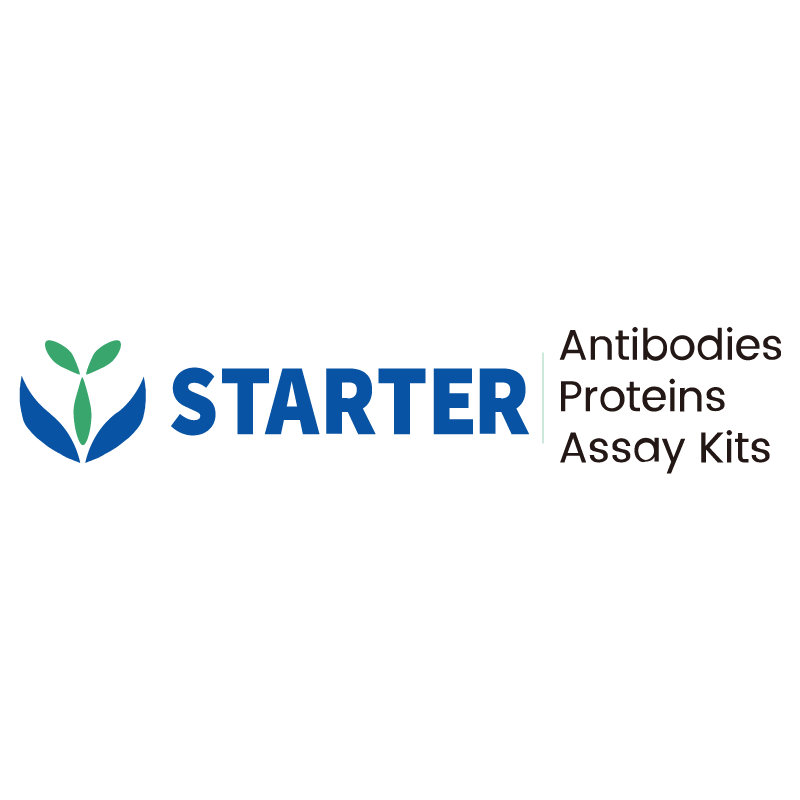Flow cytometric analysis of Human Peripheral Blood cells labelling Human CD166 antibody at 1/200 (1 μg) dilution/ (Right panel) compared with a Mouse IgG1, κ Isotype Control / (left panel). Goat Anti-Mouse IgG Alexa Fluor® 647 was used as the secondary antibody.
Product Details
Product Details
Product Specification
| Host | Mouse |
| Antigen | CD166 |
| Synonyms | CD166 antigen; Activated leukocyte cell adhesion molecule; MEMD; ALCAM |
| Location | Cell membrane |
| Accession | Q13740 |
| Clone Number | S-2869 |
| Antibody Type | Mouse mAb |
| Isotype | IgG1,k |
| Application | FCM |
| Reactivity | Hu |
| Positive Sample | Human Peripheral Blood cells |
| Purification | Protein G |
| Concentration | 2 mg/ml |
| Conjugation | Unconjugated |
| Physical Appearance | Liquid |
| Storage Buffer | PBS pH7.4 |
| Stability & Storage | 12 months from date of receipt / reconstitution, 2 to 8 °C as supplied. |
Dilution
| application | dilution | species |
| FCM | 1:200 | Hu |
Background
CD166, also known as Activated Leukocyte Cell Adhesion Molecule (ALCAM), is a type I transmembrane glycoprotein belonging to the immunoglobulin superfamily. It is encoded by the ALCAM gene and is involved in both homotypic and heterotypic cell adhesion. CD166 is expressed on various cell types, including activated T cells, epithelial cells, fibroblasts, and neurons. It plays a crucial role in mediating adhesion interactions between thymic epithelial cells and CD6+ cells during T cell development. Additionally, CD166 is overexpressed in several types of tumors and serves as a potential cancer stem cell marker, making it a target for cancer research and therapy.
Picture
Picture
FC


